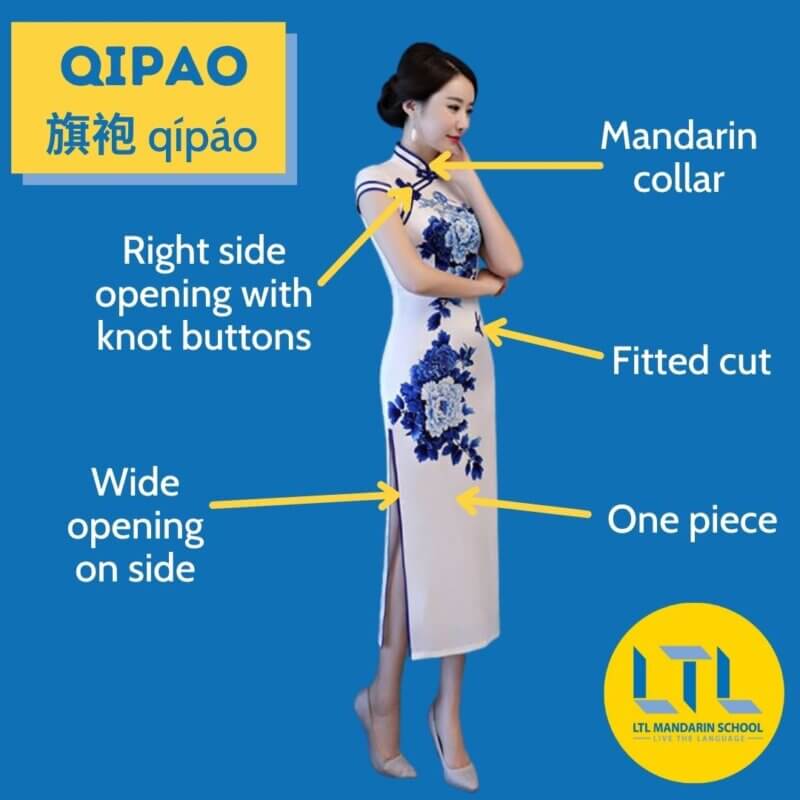A Journey Through the Chinese Cheongsams History and Evolution
The allure of the Chinese cheongsam, or qipao, is as timeless as the rich history it embodies. This traditional Chinese dress has captivated the world with its elegance and intricate designs. As we delve into the history and evolution of the cheongsam, we uncover a story of cultural identity, social change, and artistic expression.
The Roots of the Cheongsam
The chinese cheongsam history is deeply rooted in the Manchu culture of the Qing Dynasty. Originally a loose-fitting, practical garment for the Manchu people, the cheongsam evolved over time to become a symbol of Chinese femininity. The early 20th century saw significant changes in the design, with the influence of Western fashion leading to a more form-fitting silhouette that accentuated the female figure.

The evolution of the cheongsam was not just a matter of aesthetics; it was also a reflection of the changing social landscape in China. With the rise of the Republic of China, there was a push for modernization and the adoption of new cultural practices. The cheongsam, in its new form, became a symbol of this modernity and the aspirations of a new generation of Chinese women.
From Shanghai to the World Stage
The city of Shanghai played a pivotal role in the popularization of the cheongsam. As a cosmopolitan hub, Shanghai was the perfect melting pot for the fusion of traditional Chinese elements with Western influences. The cheongsam, with its high collar, side slits, and intricate embroidery, became a fashion statement that was both distinctly Chinese and universally appealing.

The cheongsam’s journey from Shanghai to the global stage is a testament to its enduring appeal. It has been embraced by fashion icons, celebrities, and designers alike, who have reinterpreted the cheongsam in various ways, ensuring its place in the annals of fashion history.
The Cheongsam in Modern Fashion
In contemporary times, the chinese cheongsam history continues to inspire. Modern designers have taken the classic elements of the cheongsam and infused them with innovative materials, patterns, and cuts. This fusion of tradition and modernity has resulted in a garment that is as versatile as it is stylish.

The cheongsam’s versatility is evident in its ability to transition from a casual daywear to an elegant evening gown. Its timeless design has also made it a popular choice for bridal wear, as seen in the works of renowned designers who have incorporated the cheongsam’s silhouette into their bridal collections.
Cultural Significance and Beyond
The cheongsam is more than just a fashion statement; it is a symbol of cultural heritage and identity. As we explore the chinese cheongsam history, we are reminded of the importance of preserving and celebrating our cultural roots while embracing the beauty of evolution and adaptation.
The cheongsam’s journey is a narrative of resilience and transformation. It stands as a testament to the power of cultural heritage to endure and adapt to the changing times, while still retaining its essence and charm. As we continue to appreciate and reinterpret the cheongsam, we honor the rich tapestry of Chinese culture and its contributions to the world of fashion.
The Future of the Cheongsam
Looking ahead, the chinese cheongsam history is poised for new chapters. With a growing appreciation for cultural diversity and sustainability in fashion, the cheongsam’s future is bright. We can expect to see more innovative interpretations that respect its traditional roots while pushing the boundaries of design and craftsmanship.

In conclusion, the cheongsam’s enduring legacy is a reflection of the rich cultural heritage of China and its ability to captivate the world with its elegance and grace. As we continue to explore and celebrate the chinese cheongsam history, we are reminded of the importance of preserving our cultural identities while embracing the beauty of change and innovation.






